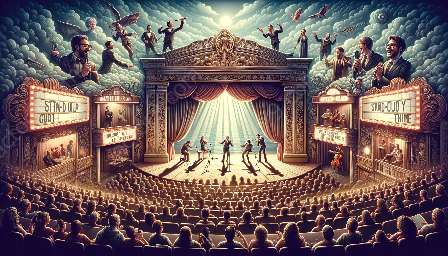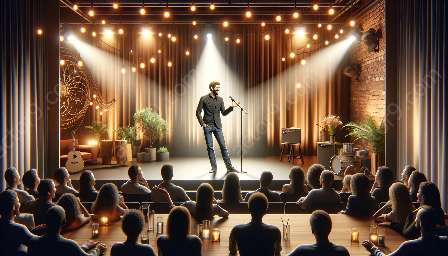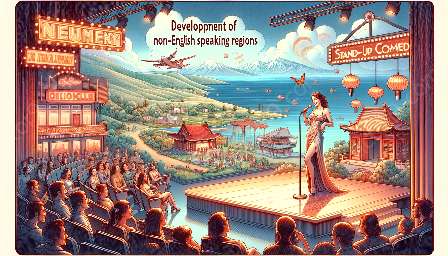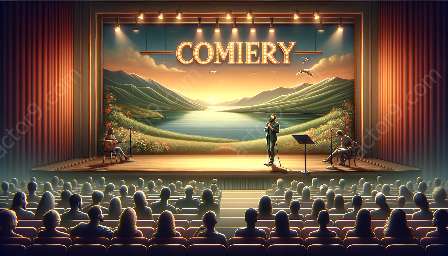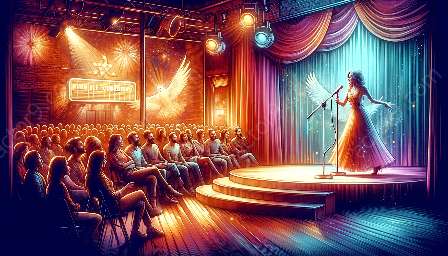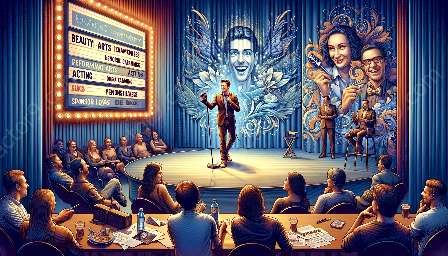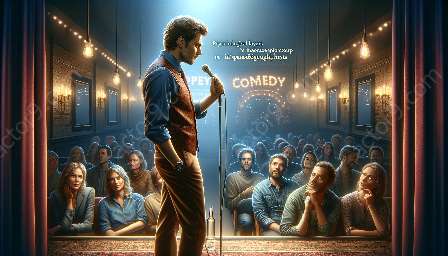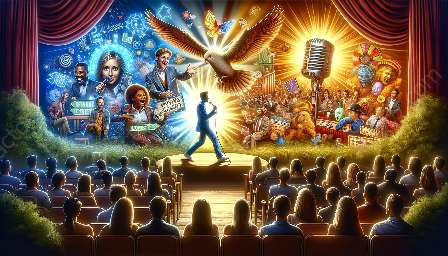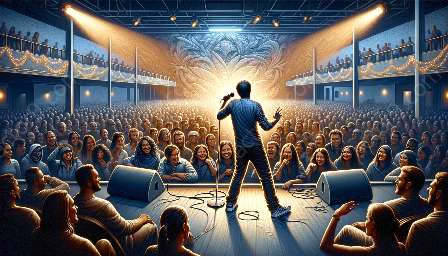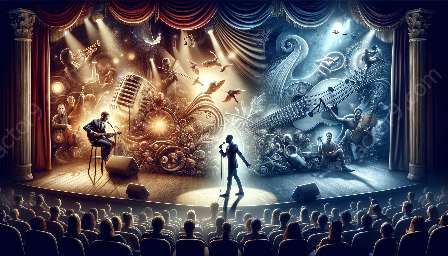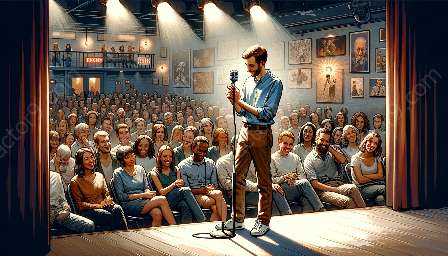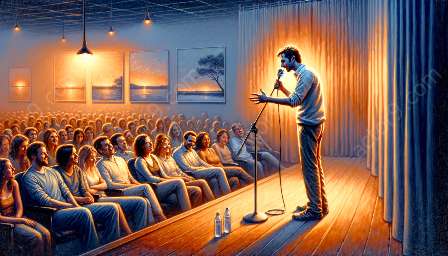Transitioning from acting in theater to performing stand-up comedy involves a unique set of challenges that actors may face as they navigate the shift from scripted performances to improvisational storytelling and audience interaction. In the world of stand-up comedy, performers are responsible for engaging the audience, establishing a strong presence on stage, and delivering humorous and captivating stories.
1. Adaptation to Improvisation and Original Material
One of the primary challenges when transitioning from theater acting to stand-up comedy is the shift from scripted lines and character roles to delivering original, spontaneous material. In theater, actors work with a pre-written script and well-defined characters, whereas stand-up comedians often rely on improvisation and personal stories to connect with their audience. This transition requires a shift in mindset and a willingness to embrace the unpredictability of live comedy performances.
2. Balancing Storytelling and Comedy
Theater acting often involves conveying emotion and storytelling through a dramatic narrative, while stand-up comedy demands a fusion of storytelling with humor. Transitioning from the dramatic nuances of theater to the punchline-driven world of stand-up comedy requires performers to adapt their storytelling skills to incorporate comedic timing, wit, and the ability to elicit laughter from the audience.
3. Audience Engagement and Interaction
Unlike traditional theater, stand-up comedy requires performers to establish a direct and dynamic connection with the audience. This includes the ability to read the room, adjust material based on audience response, and engage in interactive banter. The shift from performing in a structured theater environment to an intimate comedy club setting demands a heightened awareness of audience engagement and the ability to think on one's feet.
4. Adapting to the Stand-Up Comedy Environment
Transitioning from the controlled environment of theater to the less predictable and sometimes rowdy atmosphere of stand-up comedy venues presents its own set of challenges. Performers must learn to navigate the unique dynamics of a comedy club, including managing hecklers, handling stage time constraints, and adapting to the peer-driven atmosphere of the stand-up comedy community.
Overall, the transition from acting in theater to performing stand-up comedy requires a shift in both performance style and mindset. It challenges performers to embrace spontaneity, develop their comedic storytelling skills, and engage with audiences in a more direct and improvisational manner.


